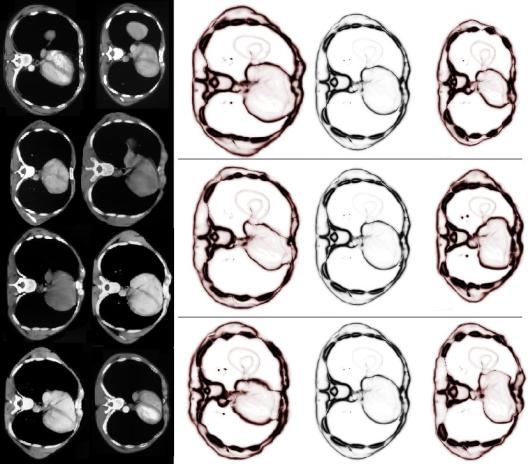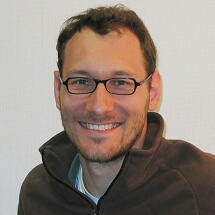Prof. Dr. Benedikt Wirth
Statistical analysis of vessel and network structures

Mathematics / Math. Modeling / Image Analysis
Angiogenesis, the formation of blood vessels and vessel networks, is a complex process governed by various biological mechanisms. If these mechanisms are disturbed, for instance in genetically modified organisms, the resulting vessel networks often exhibit abnormalities. In zebrafish embryos, for example, the hindbrain vasculature typically develops from two parallel veins (the primordial channels) by sprouting of several central arteries which then interconnect. In specific mutants, though, the resulting number of arterial-venous connections is strongly decreased.
To better understand the influence of the different involved biological parameters, the abnormality of the blood vessel system has to be quantified via mathematical tools. It is not obvious how to achieve such a quantification since even vessel systems of healthy individuals can vary strongly in their geometry and topology or connectivity. We will develop and test appropriate similarity measures between vessel systems and more general network structures based on mathematical models of optimal transport. Such a similarity measure can then be employed to define an average vessel system, to identify the strongest variation among a set of vessel systems, to distinguish between healthy and non-healthy individuals, and to analyse the temporal evolution of the vascular network.

Vita
- 2002 - 2007: Diploma in Mechanical/Process Engineering, RWTH Aachen University
- 2004 - 2005: MSc in Mathematical Modelling and Scientific Computing, University of Oxford
- 2007 - 2010: PhD in Applied Mathematics, University of Bonn
- 2010 - 2011: Postdoctoral positions at the University of Bonn and the University of Graz
- 2011 - 2013: Courant Instructor (assistant professor) at New York University
- since 2013: Professor at the University of Münster
Selected references
Elsey M, Wirth B (2014) Fast automated detection of crystal distortion and crystal defects in polycrystal images. Multiscale Model Sim 12(1):1-24
Bredies K, Pock T, Wirth B (2013) Convex relaxation of a class of vertex penalizing functionals. J Math Imaging Vis 47(3):278-302
Wirth B, Bar L, Rumpf M, Sapiro G (2011) A continuum mechanical approach to geodesics in shape space. Int J Comput Vis 93(3):293-318
Rumpf M, Wirth B (2011) An elasticity-based covariance analysis of shapes. Int J Comput Vis 92(3):281-295
Wirth B, Sobey I (2009) Analytic solution of the linear unsteady poroelastic equations in a spherically symmetric brain during an infusion test. Math Med Biol 26:25-61
Links
